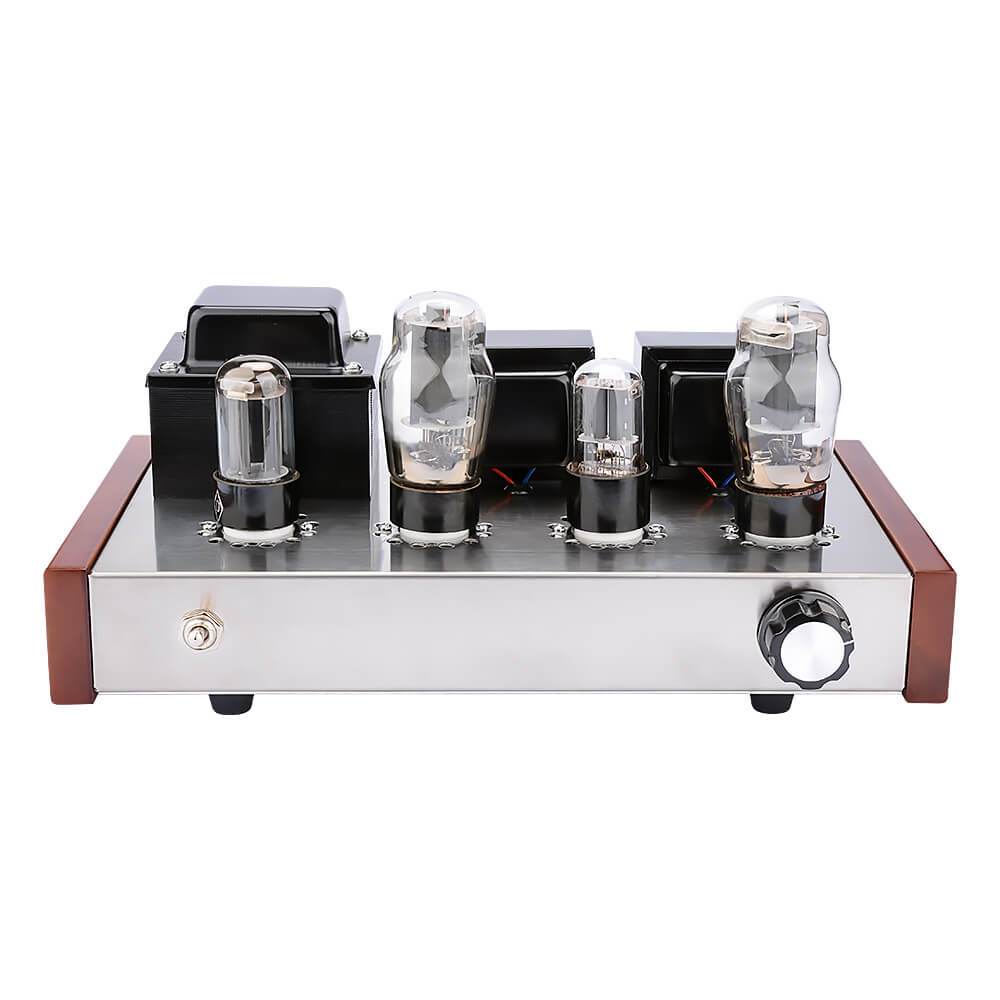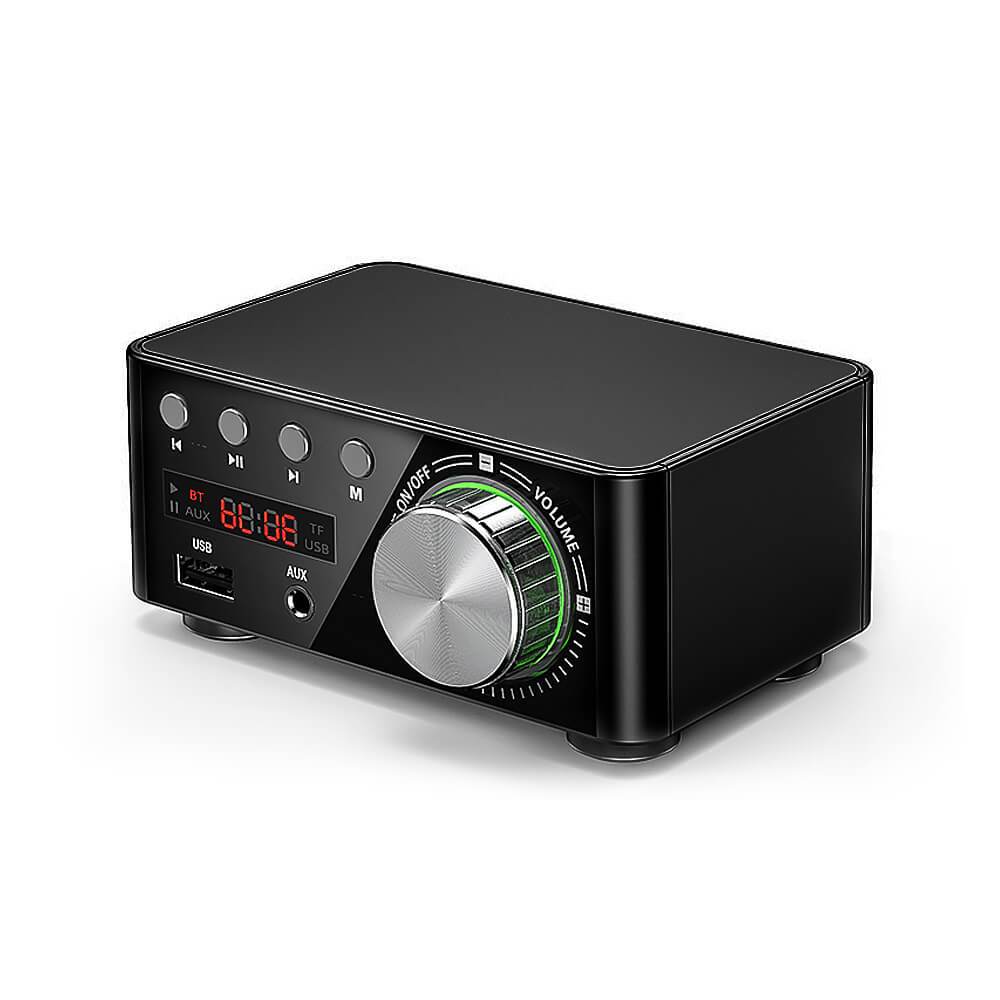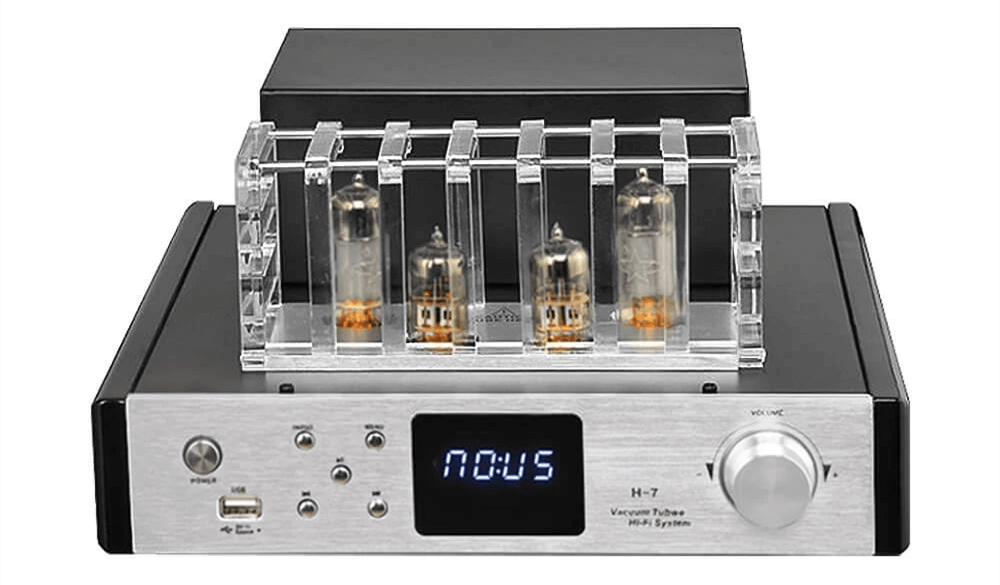Class A power amplifiers are Class A power amplifiers. Two or two sets of output tubes in the output stage of this amplifier are always in a conductive state, and they maintain a conducting current state with or without signal input. This power amplifier has the best linearity, and each output tube amplifies the full wave of the signal, and there is basically no distortion.
Two currents in a Class A amplifier are equal to the peak value of the alternating current, and the alternating current flows into the load under the condition of the maximum signal. When there is no signal, the output tubes each pass the same current, and there is no unbalanced voltage or current on the output center, so there is no current input to the speaker. When the positive current in the signal area starts to flow unbalanced into the loudspeaker to promote sound.
Class A power amplifier principle and circuit diagram:
Class A static current is large, the current of a tube is changing in the positive and negative half cycles, there is no crossover distortion, the efficiency is low, and the sound quality is good. The operating point of the output transistor (or tube) of the Class A amplifier is at the midpoint of its linear portion. No matter how the signal level changes, the current it takes from the power supply is always constant. Because the signal amplitude constantly changes, its actual efficiency cannot exceed 25%, and it can be operated by a single tube or push-pull.
Class A power amplifier advantages:
- The advantages of Class A amplifiers are no crossover distortion and switching distortion, and the harmonic components are mainly even harmonics. The circuit is simple, frequency loan, small instant distortion.
- In the sense of hearing, the bass is thick, the midrange is soft and warm, the treble is clear and sharp, and the layering is good. In actual applications, the sound quality may not be as good as everyone thinks.
- In any Class A power amplifier circuit under any design, the current negative feedback can be perfectly compatible with nonlinear distortion and instantaneous intermodulation distortion, and has ideal amplification effect.
Disadvantages of Class A amplifiers:
- Because it has always consumed a lot of power, low efficiency, easy heating and high heat dissipation requirements, it has not been widely used in high-power amplifiers. Because the device works under high current and high temperature for a long time, it is easy to cause problems in reliability and life.
- And the cost of the whole machine is high, so the manufacturers that make famous Class A power amplifiers have now stopped producing transistor Class A power amplifiers.
Focus on Audio






Leave a comment
This site is protected by hCaptcha and the hCaptcha Privacy Policy and Terms of Service apply.